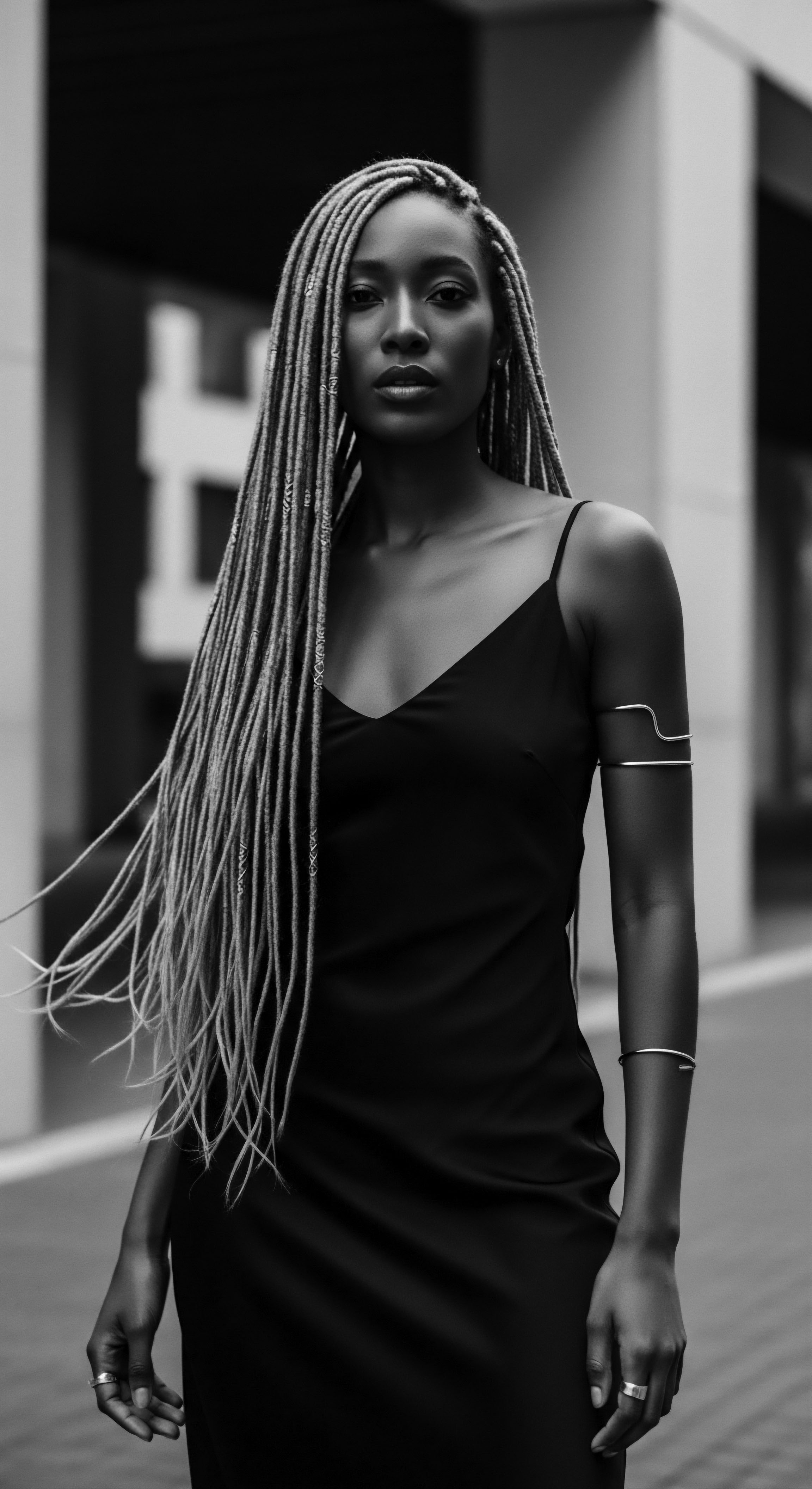
Roots
There exists a profound memory in every coiled strand, every wave that dances, every rich texture that crowns the heads of those with heritage. It is a whisper from forebears, a silent chronicle held within the very structure of our hair. To ask why ancestors turned to the gifts of the earth—the rich, golden oils—for their textured hair is to seek an answer not solely in practical need, but in the echoes of a deep, living tradition. It is to comprehend a wisdom passed down through generations, a sacred bond between human and natural world, a legacy of care and reverence.
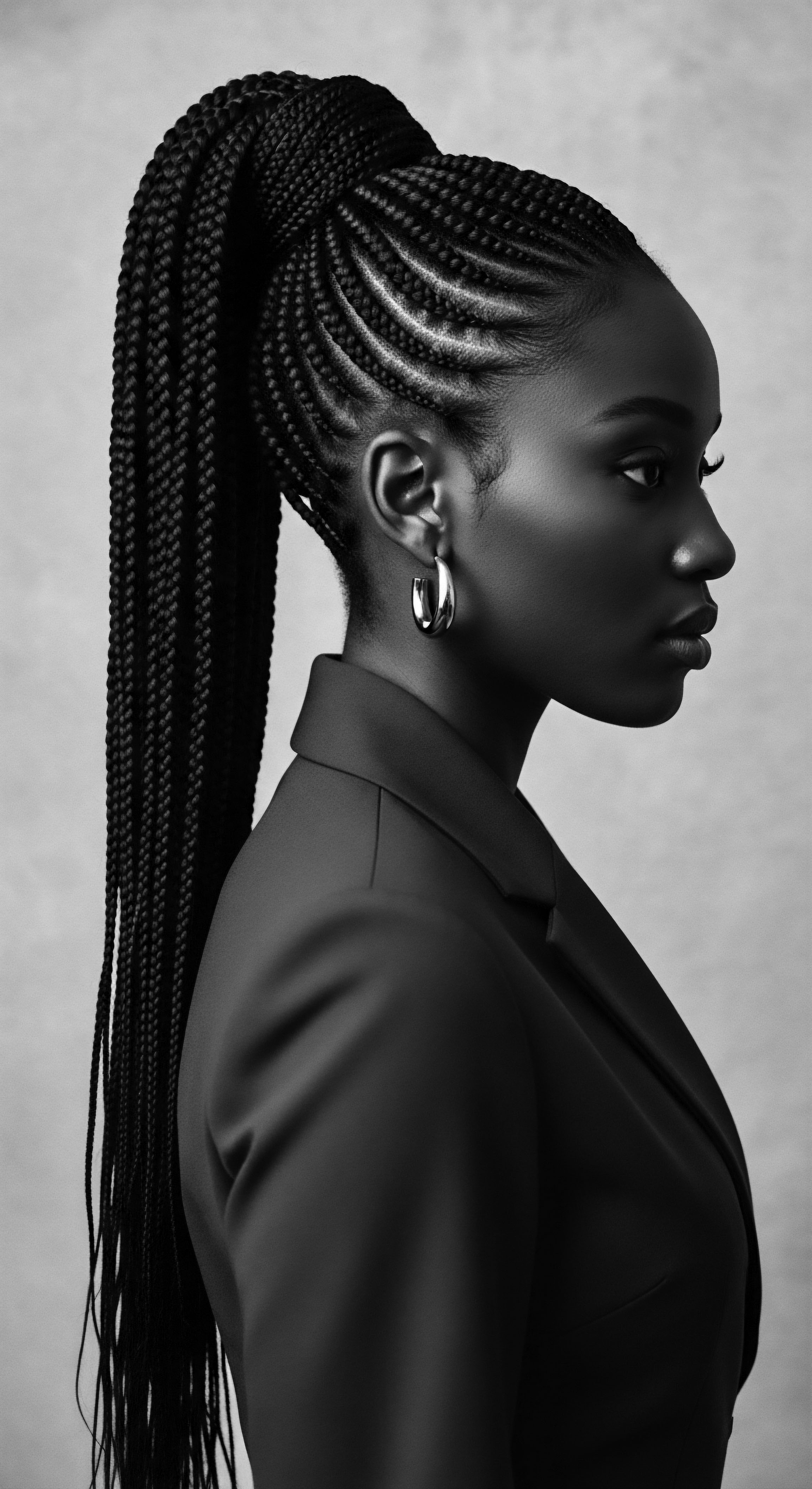
The Hair’s Intrinsic Design
Textured hair, with its unique helical twists and turns, possesses inherent qualities that distinguish its requirements for care. Unlike straighter hair types where natural scalp oils, known as sebum, can more easily descend the hair shaft, the twists and turns of coils and curls create natural barriers. This structural reality often leads to a drier hair shaft, making it susceptible to breakage and environmental stressors.
Our ancestors, acutely observant of the world around them, recognized this characteristic. They understood the hair’s yearning for moisture, its call for something to seal, to soften, to protect.
Consider the very biology of a strand. Each hair emerges from a follicle, a tiny organ beneath the scalp. The shape of this follicle largely determines the curl pattern of the hair that grows from it. For highly textured hair, the follicle is often elliptical, causing the hair to grow in a spiral or zigzag pattern.
This shape, while beautiful and culturally significant, also means that the cuticle layer—the outermost protective sheath of the hair—is lifted more at the curves. A lifted cuticle allows moisture to escape more readily and external elements to penetrate, contributing to dryness and vulnerability. Natural oils, in their brilliance, offered a solution as old as time, a way to smooth these cuticles, to hold the life-giving water within.

What Did They Seek in Nature’s Bounty?
The selection of specific oils was no random act; it was a testament to empirical knowledge and a deep, intuitive science. Forebears chose oils and butters with properties that directly addressed the needs of their hair. They sought compounds that could:
- Lubricate the strand, easing the passage of combs and fingers, thereby reducing friction and the breakage it caused.
- Seal in moisture, forming a protective barrier against arid climates, harsh winds, and the relentless sun.
- Provide Nutrients, delivering sustenance to the scalp and hair from the readily available plant life.
- Offer Emollient Qualities, softening the hair, lending it a supple feel and a natural sheen.
These were not merely cosmetic applications; they were acts of preservation, of health, of continuity. They served to maintain hair that was not only strong and pliable for intricate styles but also resilient against the elements of daily living.

Ancestral Understanding of Hair Dynamics
The wisdom embedded in ancestral practices went beyond surface application. Many traditions recognized the scalp as the foundation of healthy hair. Oiling rituals often involved massaging the scalp, an act known today to stimulate blood circulation and support follicular health. This integrative approach, viewing hair not in isolation but as part of an interconnected system, speaks to a holistic worldview where wellness of the body and spirit was paramount.
The environment itself often dictated the oils employed. In West African regions, where the shea tree thrives, Shea Butter (Butyrospermum parkii) became a cornerstone of hair care. Its rich, fatty composition provided substantial moisture and protection, essential in hot, dry climates.
This butter, often processed by women, was not simply a commodity; it was an integral part of community life and ancestral knowledge, offering both sustenance and profound care for the hair and skin. Indeed, the very presence of the shea tree, yielding its precious fruit, shaped the care practices for generations.
Ancestors embraced natural oils for textured hair, recognizing their intrinsic need for moisture and protection, a wisdom rooted in deep observation of the hair’s unique structure and environmental conditions.

A Glimpse into Ancient Practices
The ingenuity of ancestral practices is exemplified by traditions that developed specific preparations for hair strength and retention. Consider the Basara Tribe of Chad, whose Chebe tradition offers a powerful historical example of purposeful oil application for textured hair longevity. The Basara women have historically utilized a specific blend of powdered Chebe (a croton gratissimus plant mix) with various oils and animal fats, which they apply to their hair and then braid. This practice, often performed weekly, is not aimed at cleansing, but rather at conditioning and sealing the hair, particularly along the length of the strands, to reduce breakage and promote length retention.
This custom, transmitted across generations, showcases a meticulous understanding of how to fortify textured hair against environmental wear and tear, using local botanical resources and fats to create a protective sheath that allows hair to grow to remarkable lengths. The consistency of this ritual and its observable results served as their scientific validation, a testament to the efficacy of applying natural oils and their derivatives for resilience.
This dedication to the hair’s vitality was not accidental. It sprang from a deep regard for hair as a living extension of self, a repository of identity, and a conduit of spirit. The selection and preparation of oils, therefore, were not chores, but sacred acts, woven into the very fabric of daily life and communal ceremony, reflecting an enduring connection to the earth and the wisdom it held.

Ritual
The act of applying natural oils to textured hair by our ancestors was rarely a solitary, utilitarian task. Instead, it was often elevated to a ritual, a communal gathering, a moment imbued with cultural meaning and a shared connection to the past. These practices transcended mere grooming; they became expressions of identity, social cohesion, and spiritual grounding. The selection of oils, the methods of application, and the very atmosphere surrounding these moments speak volumes about the profound reverence held for hair and its care.

Gathering Nature’s Gifts
Before application came the gathering and preparation. Ancestors understood their local botanicals with an intimate knowledge. From the humble seed to the robust nut, they identified plants yielding valuable lipids. This included the shea tree, as mentioned, but also the oil palm, the castor bean, and later, the coconut.
The process of extracting these oils—be it through cold pressing, rendering, or boiling—was often itself a collective endeavor, reinforcing community bonds. These preparations were not standardized industrial processes, but rather artisanal crafts, each batch carrying the unique touch of the hands that made it, and the spirit of the community that benefited from it.
For example, the widespread cultivation and use of the castor plant (Ricinus communis) across African societies before the transatlantic slave trade speaks to its perceived efficacy. When enslaved Africans were forcibly brought to the Caribbean, they carried this botanical knowledge with them. Castor Oil, though not native to Jamaica, found new roots there, becoming a cornerstone of traditional beauty and medicine.
Its thick, viscous nature was prized for promoting hair growth and thickness, a legacy that continues to this day. This continuity of practice, even under the most brutal conditions, highlights the essential role these oils played in maintaining cultural identity and personal dignity.

The Hands of Kin and Community
Hair care rituals were frequently intergenerational, passed from elder to child. Grandmothers, mothers, and aunts became custodians of this knowledge, teaching not just the mechanics of oiling, but also the significance of each ingredient and the proper way to honor the hair. This was a direct, tactile transmission of heritage, where stories were shared, lessons imparted, and bonds fortified through the tender handling of hair.
Consider the communal act of hair styling in many West African societies. Intricate braiding patterns, twists, and locs were not simple fashion statements; they communicated a person’s age, marital status, social standing, and even the events of their life. The creation of such styles often required hours, even days, of work. During these extended periods, oils would be used to moisturize the hair, make it more pliable for styling, and reduce friction during the braiding process.
These sessions became natural gathering places for women, fostering social connections and reinforcing community identity. The oils facilitated the art, and the art in turn strengthened the community.
| Traditional Oil/Butter Shea Butter |
| Ancestral Benefit and Use Provided profound moisture and environmental protection, particularly in dry climates, also held spiritual significance. |
| Traditional Oil/Butter Castor Oil |
| Ancestral Benefit and Use Used for promoting hair growth, thickness, and strengthening, especially in Caribbean traditions post-diaspora. |
| Traditional Oil/Butter Palm Oil |
| Ancestral Benefit and Use Nourishment and conditioning, historically applied in various West African hair care regimens. |
| Traditional Oil/Butter Coconut Oil |
| Ancestral Benefit and Use Valued for conditioning, protecting, and promoting overall hair and scalp wellness in tropical regions. |
| Traditional Oil/Butter These natural gifts, carefully chosen and applied, formed the basis of resilient hair care traditions across diverse ancestral lands. |

The Purpose Beyond Surface
The application of oils was intrinsically linked to protective styling. Textured hair, when left unbound, can be prone to tangling, breakage, and environmental damage. Styles like braids, twists, and coils, often dressed with oils, minimized manipulation and shielded the hair from the elements. This synergy between oil and style created a powerful system of preservation, allowing length retention and overall hair health to flourish.
The Himba people of Namibia offer a striking illustration. They create a distinctive mixture of powdered ochre (red clay) and butterfat, known as otjize, which they apply not only to their skin but also their hair, forming thick, sculptural dreadlocks. This mixture serves multiple purposes ❉ it protects against the harsh desert sun, acts as an insect repellent, and keeps the hair moisturized and pliable. It is a holistic approach, where aesthetic beauty, environmental adaptation, and personal well-being converge in a single, deeply rooted practice, all made possible by the careful blend of natural fats and minerals.
The communal application of oils transformed hair care into a ritual, a profound expression of cultural identity, intergenerational connection, and shared resilience against environmental challenges.
These rituals cemented the understanding that hair care was not merely about appearance, but about an individual’s connection to their lineage, their community, and the very land that sustained them. It was a tangible link to a heritage that recognized the intrinsic value of natural elements in upholding well-being.
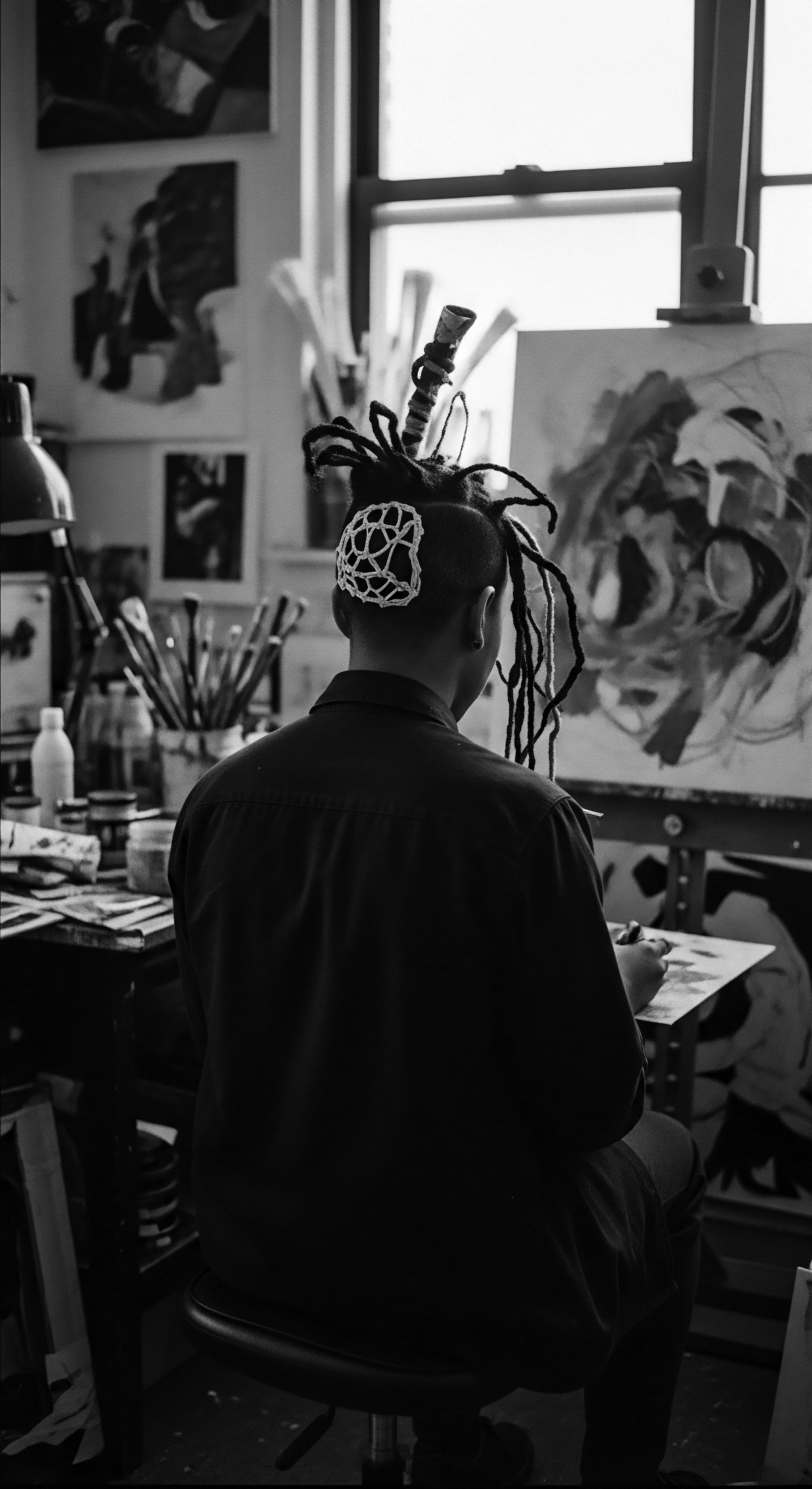
Relay
The ancestral wisdom of using natural oils for textured hair has not remained static in the annals of history; it has travelled across oceans, persisted through generations, and adapted to new contexts, thereby forming an unbroken relay of knowledge. This enduring legacy speaks to the profound efficacy and cultural significance of these practices. What began as an intuitive response to hair’s physiological needs, deepened into cherished rituals, now stands as a powerful testament to the resilience of heritage.

How Did Ancestral Practices Shape Later Care?
The transatlantic slave trade, a period of immense dehumanization, saw deliberate attempts to strip enslaved Africans of their identity, including the forced shaving of hair. Despite this profound trauma, the memory of hair care endured. In the brutal conditions of forced labor, access to traditional ingredients and the time for elaborate rituals became scarce. Yet, ingenuity persevered.
Enslaved individuals often improvised with what was available, sometimes using substances like axle grease or cooking oils, which, while harsh, underscore the desperate need to maintain hair and a sense of self. The very act of covering hair with kerchiefs, while often a necessity to hide neglected hair, also served as a means of quiet resistance, preserving a personal domain. The deep-seated understanding of how oils aided textured hair persisted through these hardships, forming a foundational memory that would eventually resurface.
In post-emancipation periods and into the 20th century, as many Black individuals navigated societies that often devalued their natural appearance, there was a complex interplay of assimilation and resistance. While some resorted to chemical straightening to conform to Eurocentric beauty standards, the whispers of ancestral oiling practices never fully faded. The knowledge of ingredients like Coconut Oil, Shea Butter, and Castor Oil continued to be shared within families, often in private moments of care. This quiet persistence of tradition, passed down through grandmothers and mothers, ensured that the practical benefits and cultural significance of natural oils remained a quiet, yet potent, undercurrent.
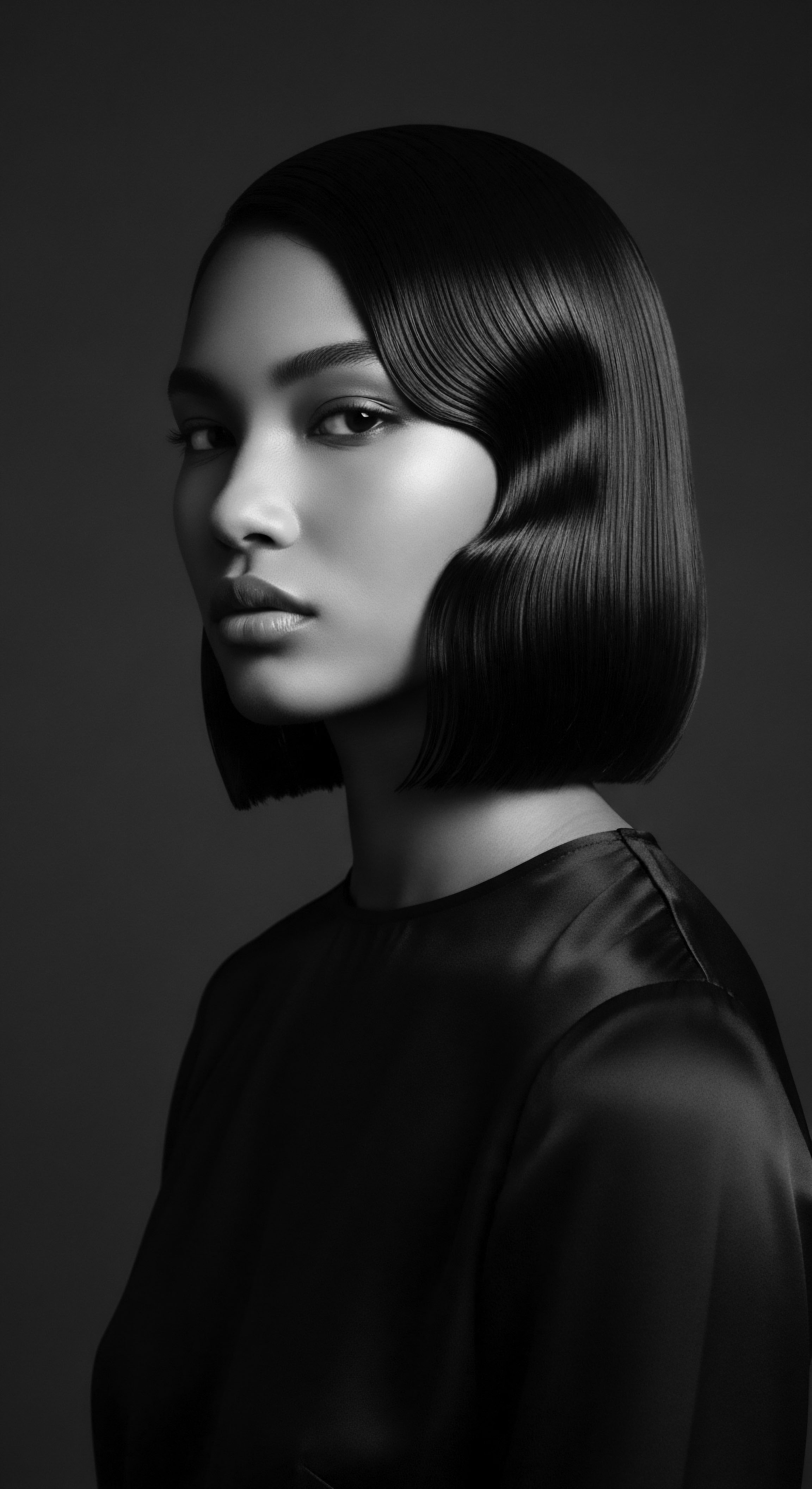
The Science Behind Enduring Wisdom
Modern scientific understanding now often validates the empirical wisdom of ancestors. The fatty acid profiles of many traditional oils are remarkably suited to the needs of textured hair. For instance, coconut oil, rich in lauric acid, possesses a molecular structure small enough to penetrate the hair shaft, reducing protein loss during washing and conditioning.
Shea butter, with its abundance of oleic and stearic acids, forms an excellent occlusive barrier, preventing moisture escape and providing substantial emollience without simply sitting on the surface. Castor oil, high in ricinoleic acid, has recognized properties that support scalp health and contribute to a healthy environment for hair growth.
The efficacy of these natural emollients is supported by their ability to:
- Enhance Lubricity ❉ Oils coat the hair shaft, reducing friction between strands and during manipulation, which significantly lessens mechanical breakage. This is crucial for textured hair, which is inherently more fragile at its points of curl.
- Minimize Hygral Fatigue ❉ Textured hair is prone to rapid swelling and shrinking with changes in humidity and during washing/drying cycles. Oils help to moderate this process by coating the hair, thereby reducing stress on the hair’s structure and preventing brittleness.
- Protect from Environmental Damage ❉ Just as ancient cultures used oils to shield skin and hair from harsh sun and wind, modern science recognizes their ability to form a barrier against UV radiation and pollutants, mitigating damage to the hair’s protein structure.
These biological realities explain why the ancestral inclination towards natural oils was not merely a cultural preference, but a highly effective, science-backed approach to hair health, even if the precise chemical mechanisms were not articulated in ancient times.
The enduring use of natural oils for textured hair, even across periods of profound disruption, stands as a testament to their inherent efficacy, now increasingly validated by contemporary scientific understanding.
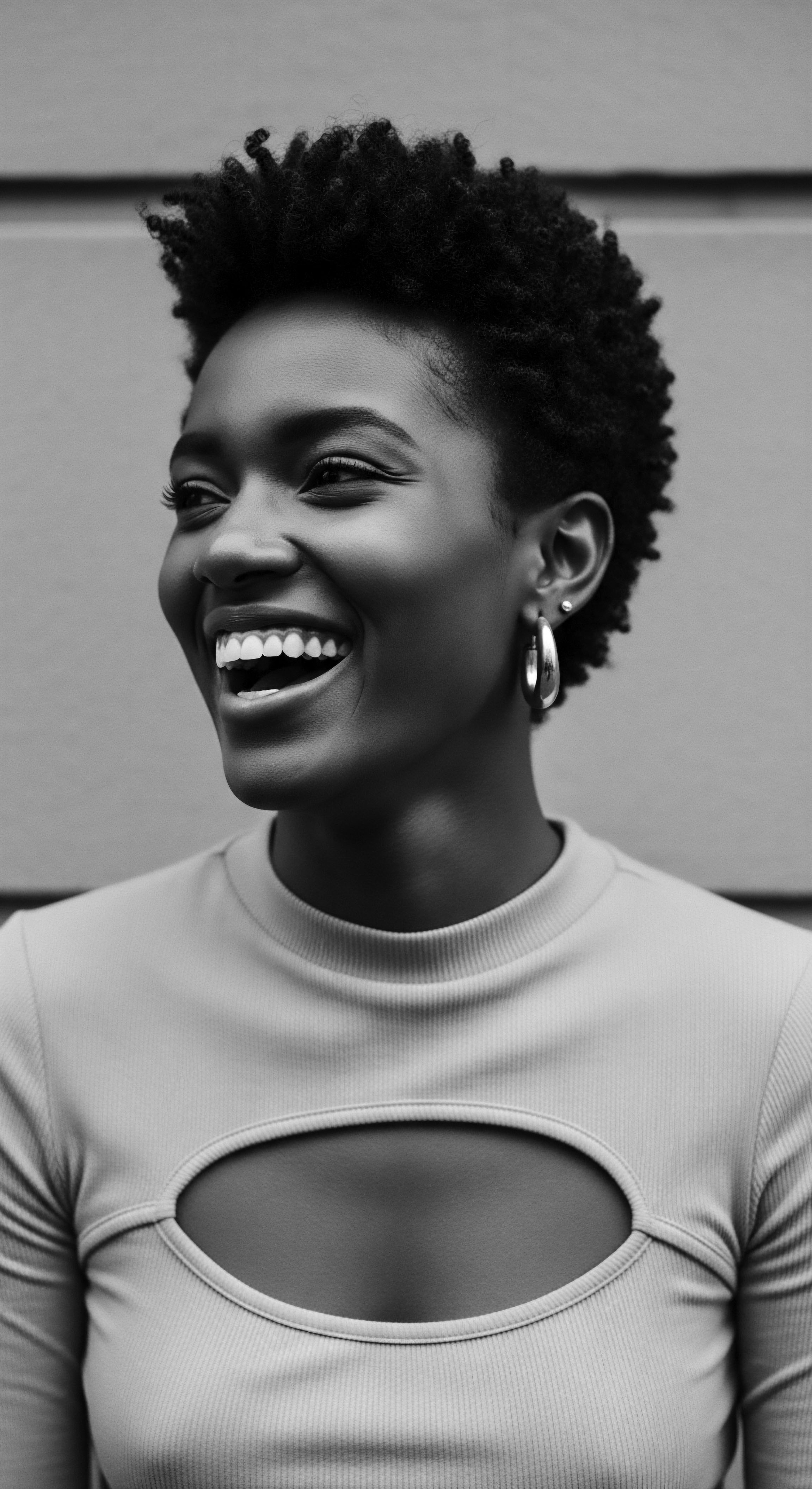
The Revival of Heritage Practices Today
In recent decades, a powerful movement to reclaim and celebrate natural textured hair has swept across the globe. This resurgence has brought ancestral oiling practices back to the forefront, not as antiquated methods, but as foundational pillars of modern hair care. There is a conscious return to ingredients like Shea Butter, Coconut Oil, Jojoba Oil, and Castor Oil, often sourced ethically and prepared with renewed reverence for their origins. This contemporary embracing of traditional oils is a direct continuation of ancestral knowledge, enriched by modern scientific insights and a deeper understanding of hair biology.
This generational transfer of knowledge, from informal oral traditions to a global online community, represents a vibrant relay. It connects those seeking healthier, more authentic hair journeys with the wisdom of their forebears, allowing individuals to experience the tangible benefits of a care regimen rooted in a rich and resilient heritage. The current landscape sees a dynamic exchange, where ancient remedies meet innovative formulations, all contributing to a more nuanced and appreciative approach to textured hair.
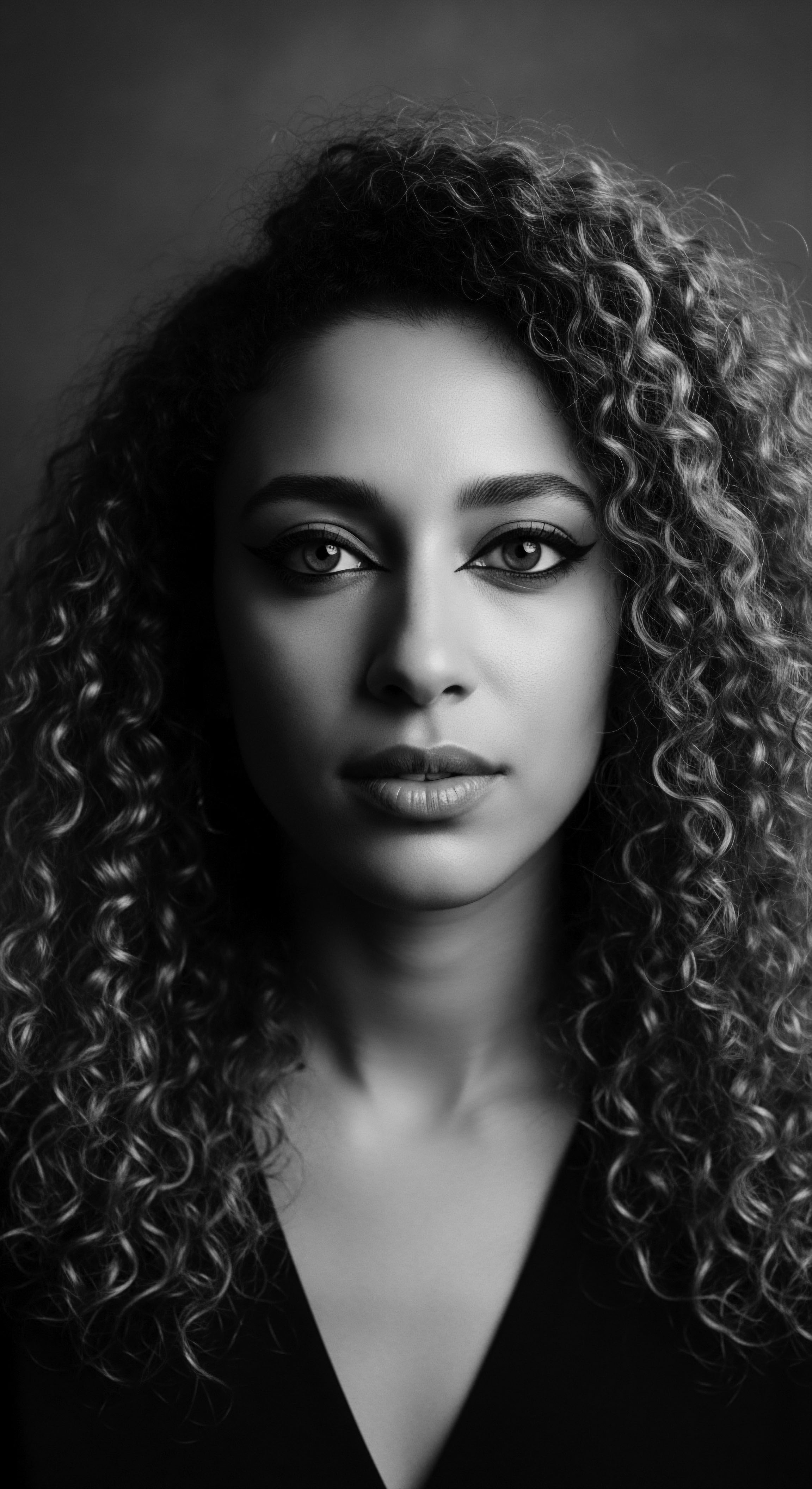
Reflection
To truly comprehend why ancestors used natural oils for textured hair is to gaze into a well of enduring wisdom, a deep repository of cultural knowledge that continues to flow into our present moments. It transcends simple explanation, touching instead upon the very heart of what it means to connect with one’s origins, to honor the strands that carry the legacies of resilient peoples. Roothea’s ‘Soul of a Strand’ ethos finds its profoundest echo in this understanding ❉ that our hair is not merely fiber, but a living archive, each curl and coil holding stories of survival, artistry, and an intimate relationship with the earth.
The choice of these oils—the rich shea, the potent castor, the versatile coconut—was born from necessity, yes, a pragmatic response to the unique thirst of textured hair in diverse climates. Yet, it ripened into something far grander. It became a language of care, a non-verbal affirmation passed from generation to generation, a silent lesson in self-preservation and dignity. When hands worked oil through hair, they were not just nourishing a physical form; they were tending to a heritage, upholding a tradition, and affirming a beauty that was fundamentally their own, unapologetically rooted in their ancestral lands and ways.
This continuous thread, stretching from ancient earth-bound rituals to contemporary self-care, reminds us that the quest for healthy hair has always been, at its core, a journey of identity. The ancestral practices, with their thoughtful selection of natural oils, serve as a timeless blueprint for holistic well-being—a reminder that the most potent solutions often lie in the simple gifts of the natural world, understood through generational observation and heartfelt application. The oils, then, are more than just emollients; they are conduits to memory, connecting us to those who came before, reminding us that every strand holds a soul, a history, an unbound helix of strength and beauty.
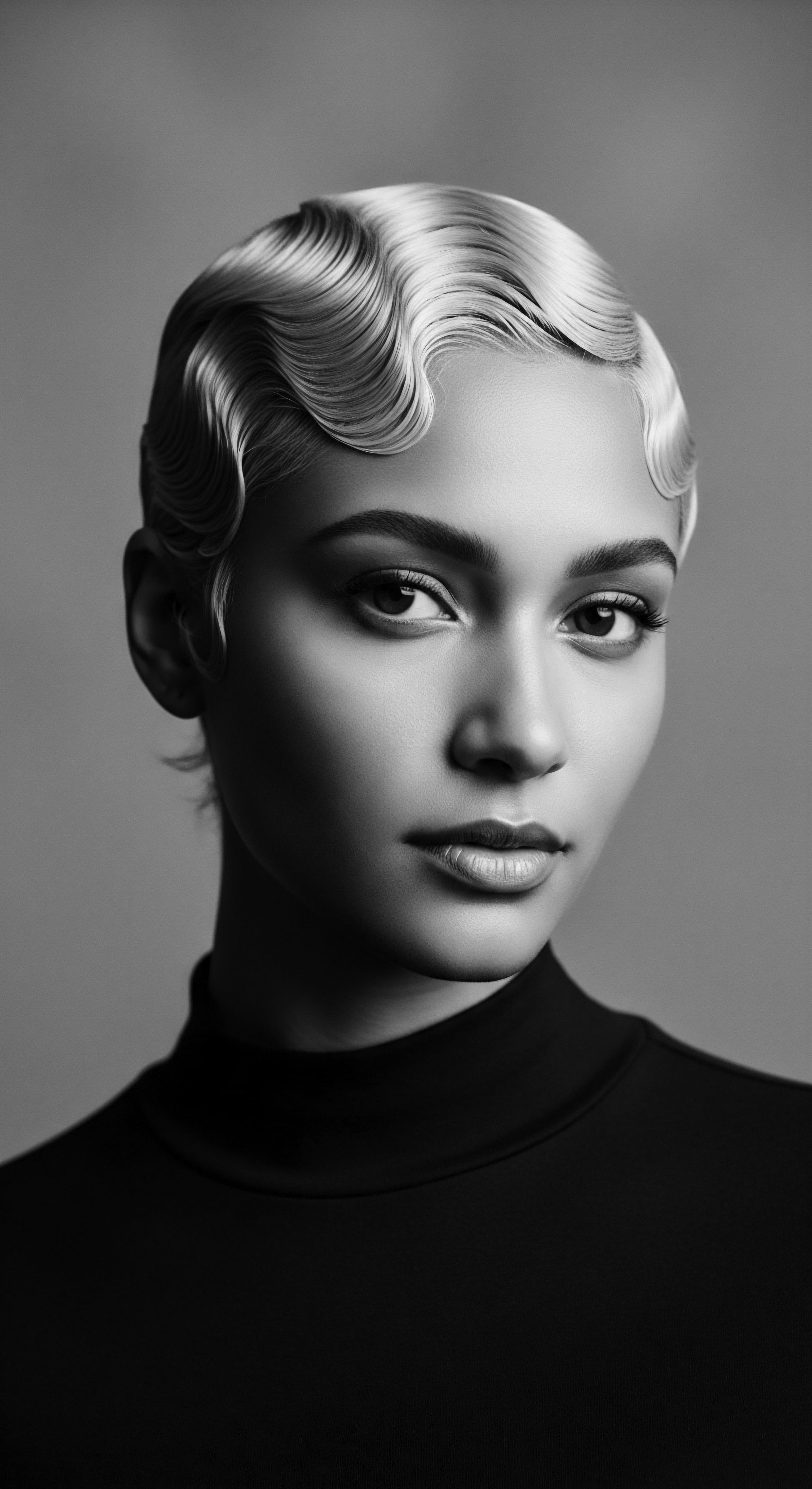
References
- Abou-Bakr, R. M. (2018). Role of the Hair in Ancient Egypt. International Journal of Tourism and Hospitality Management, 1(1), 76-88.
- Alhassan, A. K. & Yildiz, F. (2023). Origins of Shea Butter ❉ A Journey to the Heart of Africa. Adjoaa.
- Bell, L. (2017). Cosmetics, Perfume, & Hygiene in Ancient Egypt. World History Encyclopedia.
- Cecred. (2025). Understanding Hair Oiling ❉ History, Benefits & More. Cécred.
- Colomas, J. (2023). Unlock Ancient Hair Care Secrets ❉ Discover Global Rituals for Lustrous Locks. Joanna Colomas.
- Forest Service – USDA. (n.d.). Native Plant Oils. USDA.
- Mukherjee, D. et al. (2024). Champi ❉ The Ancient Indian Practice. Obscure Histories.
- Patton, T. D. (2006). “Hair and the African American Woman ❉ The Dilemma of Natural Versus Processed Hair.” In K. Stewart & A. E. Stewart (Eds.), African American Hairstyles and Their Impact on the African American Community (pp. 53-70). Edwin Mellen Press.
- Queen, A. (2021). Ancient African Hair Growth Secrets For Healthy Hair. Sellox Blog.
- Reddit. (2021). No raw oils and butters vs. Traditional African hair care? r/Naturalhair.
- Roxas, M. & D’Souza, S. J. (2019). The Use of Coconut Oil in Traditional Healing Practices. Journal of Traditional and Complementary Medicine. (Citation for general traditional use, specific research paper not found via search but general knowledge widely stated).
- Sims, A. (2023). History of Jamaican Castor Oil and How We Use the Ingredient in our Products. Jamaican Black Castor Oil.
- BLAM UK CIC. (2022). The History of Black Hair. BLAM UK CIC.
- Campbell, M. (2020). A Sacred Legacy ❉ On Black Hair And The Revolutionary Power of Self-Exp. GirlsOnTops.
